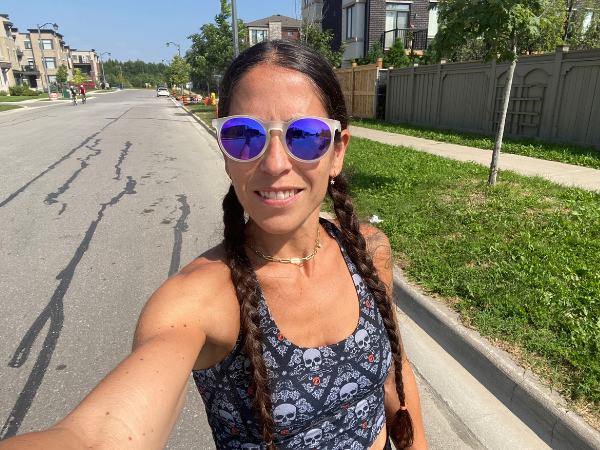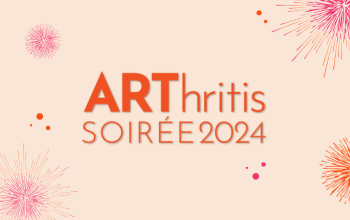Movement as Medicine
Fourteen years ago, at age 27, Ronit Rosenblum was diagnosed with rheumatoid arthritis and felt like her life had come to a standstill.
“I was in so much pain that I could barely walk,” she said. “I could only get around on my heels.”
As a behaviour analyst for autistic children and youth, Rosenblum was used to helping others. Suddenly, she was the one who needed help.
Rosenblum worked closely with doctors to find ways to manage her condition, which included trying various medications. Eventually, she turned to physical activity for answers.
Baby Steps
Once pain and inflammation were controlled by medication, Rosenblum started power walking and strength training.
“I took literal steps to control my life and health,” she said. “And slowly, but surely, I started to regain mobility.”
After a couple years, Rosenblum gradually increased her time, distance and intensity and worked up to jogging and, eventually, running.
“It wasn’t easy, and there were times when I wanted to give up, but I knew that running was something I wanted to do because it meant a higher quality of life.”

Move It or Lose It
Today, Rosenblum is proud to call herself a runner and feels strongly that being physically active has changed her life.
“I may have a lifelong chronic illness, but that doesn’t define me or limit me in any way. I currently have the ability to move, and I am determined to keep going,” she said.
As Rosenblum’s story demonstrates, physical activity plays an important role in living well with arthritis – especially when it comes to reducing pain and improving mobility. Yet, many people living with different types of arthritis do not meet recommended physical activity levels.
In fact, 50 per cent of people in Canada are not physically active during their free time, and the rate is even lower in individuals with arthritis. Pain, fatigue, or being unsure about how to exercise safely can lead to a sedentary lifestyle.
Seeking Support to Be Strong
Arthritis Research Canada’s scientists are working to create resources to empower people with arthritis to keep moving. One example is the I START Toolkit.
I START stands for “Improving Strength Training and Tailoring Among People with Rheumatoid Arthritis” but this toolkit can benefit anyone wanting to improve their strength and overall health.
The research team learned that people with arthritis struggle to remember exercise techniques, understand how to adapt exercise routines during flares, and distinguish between arthritis-related joint pain and delayed onset of muscle soreness from working out. They also worry that exercise may worsen arthritis symptoms.
The toolkit was designed through a collaboration between health professionals and people living with arthritis and offers techniques to overcome these barriers to strength training.
Want to access the I START Toolkit?
Download your FREE copy today!


























































